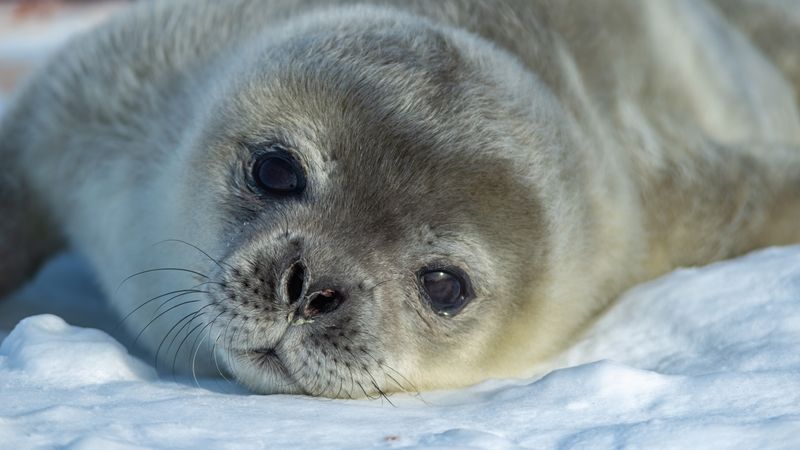Sea ice extent at both poles has been breaking more and more records over recent years, but for radically different reasons. While the Arctic has been steadily losing ice cover, melting as the region rapidly warms, in stark contrast the Antarctic ice cover has remained stable, even growing in some years. Why this is occurring has proven difficult to explain, but now researchers from NASA think they may have cracked it.
It seems that the topography and ocean depths surrounding the southern continent influence the winds and currents that whip around its edge, and drive the formation and persistence of sea ice. “Our study provides strong evidence that the behavior of Antarctic sea ice is entirely consistent with the geophysical characteristics found in the southern polar region,” explains Son Nghiem, who led the research published in the journal Remote Sensing of Environment, “which differ sharply from those present in the Arctic.”
The edge of the protective ice shield is determined by the boundary of the surface temperature being -1°C (30°F). NASA
They found out that as the sea ice starts to form early in the season, it is pushed offshore and northward by winds. This acts as a “protective shield” to the older, thicker ice as it circulates around the continent. As the winds rush downslope and off Antarctica, they start to pack ice up against the shield, increasing its thickness, which varies from 100 kilometers (62 miles) in some parts, to 1,000 kilometers (620 miles) in others. As the sea ice expands, it drifts away from the continent, causing areas of open water to develop behind the band of ice. Here, new sea ice can then form and is protected from waves, therefore prevented from breaking apart.
In addition to the topography driving the winds, the surrounding oceans also play their role. The boundary of the protective ice shield forms behind a line where the sea surface temperature remains at -1°C (30°F). This boundary of water temperature is in itself dictated by the ocean currents that swirl around the continent. The researchers found that the boundary perfectly matched up with the sea floor features, which are influencing the currents.

The sea ice surrounding Antarctica is driven away from the continent and in a general northerly direction. NASA
Carried out by researchers from NASA’s Jet Propulsion Laboratory, they used satellite radar, sea surface temperature, land form, and ocean depths data to track the ice formation around Antarctica. Every year the sea ice reaches its maximum extent in September, before retreating to around 17 percent of that extent by February. The expanding and shrinking has stayed at a stable level since at least the late 1970s, and despite regional differences, grew to record levels in 2012, 2013, and 2014.
Previous theories as to why this is happening have ranged widely. Some have suggested that the hole in the ozone layer above the continent may have been influencing the wind patterns in a way not seen in the Arctic. Others have proposed that the melting of the fresh water ice from the interior draining into the ocean leads to sea ice forming more easily due to the reduced salinity of the water.
But the new study has found that it seems instead to be related to the shape of the continent, and the bathymetry of the surrounding oceans. It is these two factors that are stabilizing the sea ice, and as neither of these applies to the sea ice formation and growth in the Arctic, this is why we have been seeing such stark differences between the two poles, despite the global average temperature increasing.





